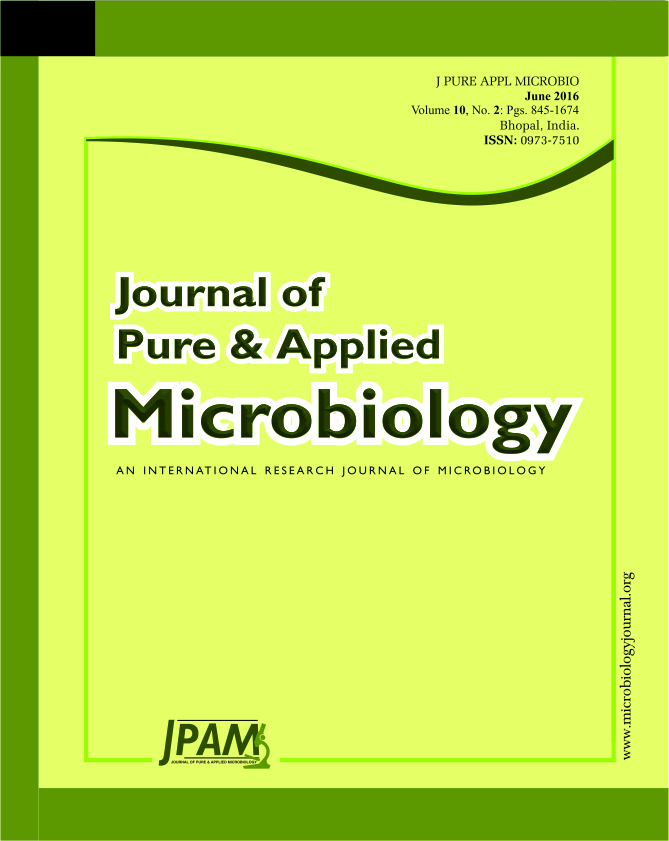The aim of this work was to evaluate the lipid accumulation potency of oleaginous fungus Mortierella isabellina using glycerol, a by-product of palm oil-biodiesel production, as an alternative carbon source. Three fungal strains of M. isabellina, NBRC 7874, NBRC 7884, and NBRC 105998, were selected for use in this study. The results identified M. isabellina strain NBRC 105998 as the best lipid accumulation strain among the three tested. This strain could accumulate lipid at 35.02% based on cell dry weight with a total biomass of 0.71 g/L after 12 days when using a concentration of glycerol in the medium at 30 g/L. Furthermore, the optimization of cultivation conditions for the best oil-producing strain obtained was evaluated using response surface methodology (RSM). A 5-level 2-factor central composite design (CCD) was used to build the statistical model. The optimum cultivation condition for M. isabellina NBRC 105998 found in this study included glycerol concentration in the medium (44.14 g/L), inoculum size [2 fungal discs; 3.74×106 spores] and incubation at 30 °C for 12 days. This optimum condition provided 45.21% of the lipid content, most of which was composed of long chain saturated fatty acids (78.28%).
Biodiesel Production, Glycerol, Lipid Production, Mortierella isabellina, Optimization, Response Surface Methodology.
© The Author(s) 2016. Open Access. This article is distributed under the terms of the Creative Commons Attribution 4.0 International License which permits unrestricted use, sharing, distribution, and reproduction in any medium, provided you give appropriate credit to the original author(s) and the source, provide a link to the Creative Commons license, and indicate if changes were made.


